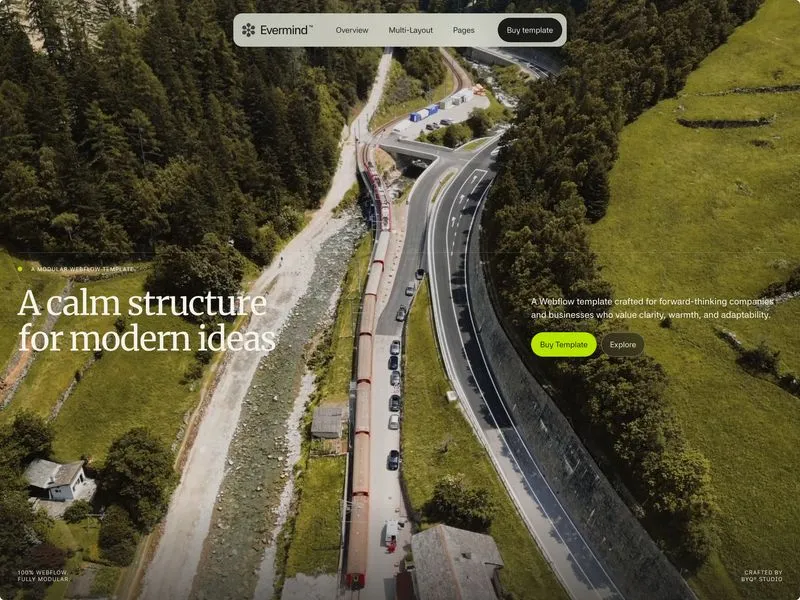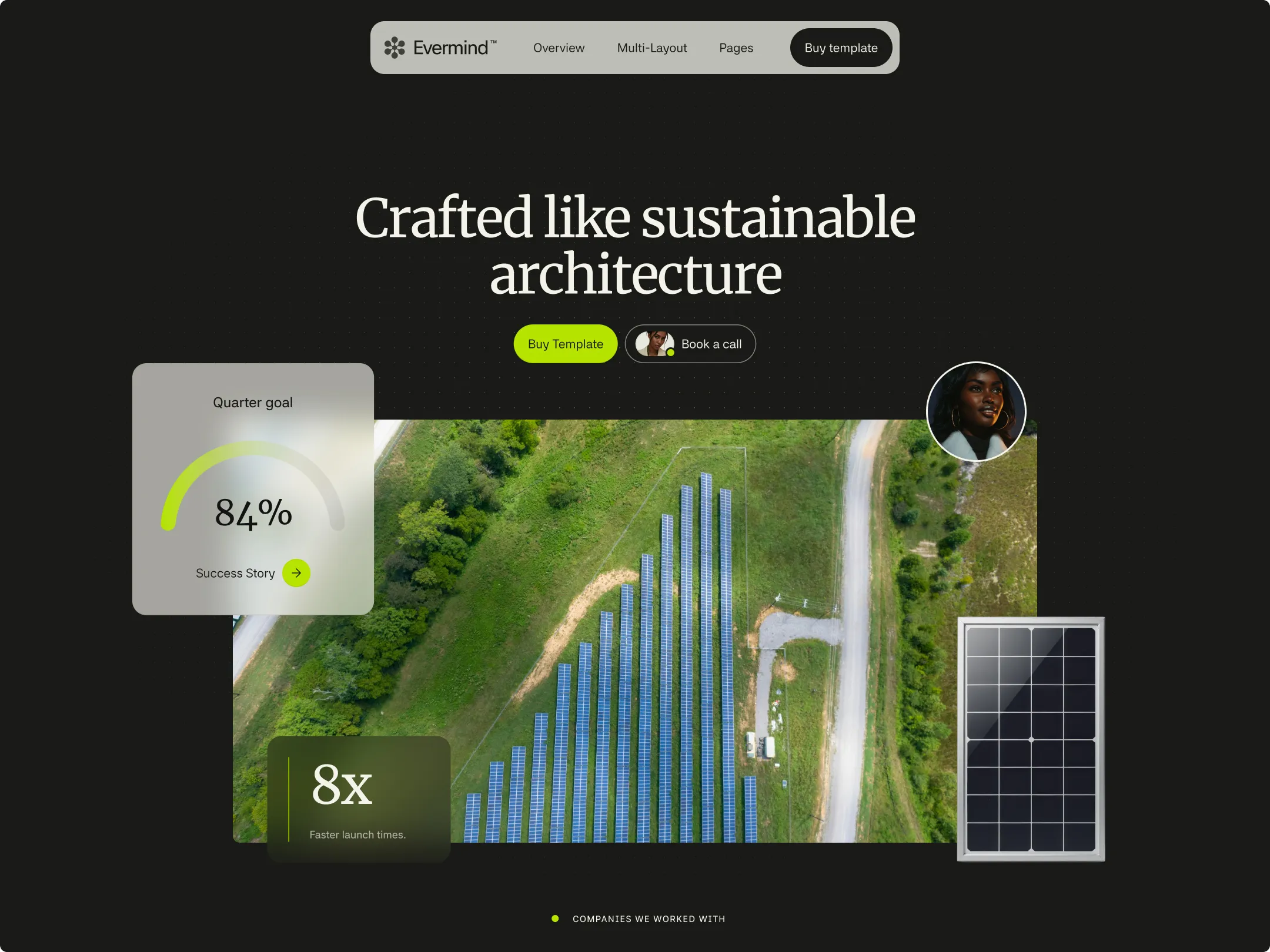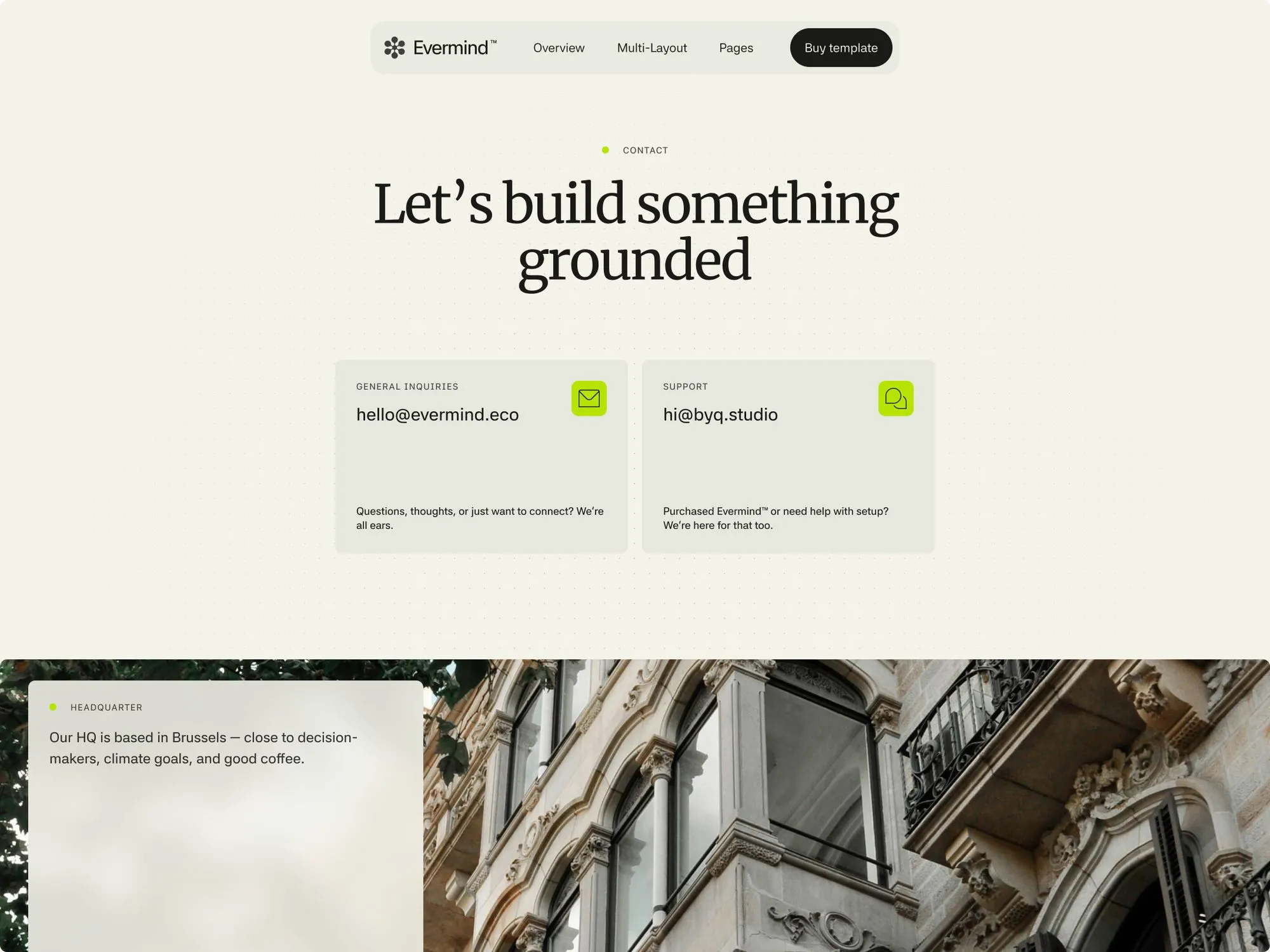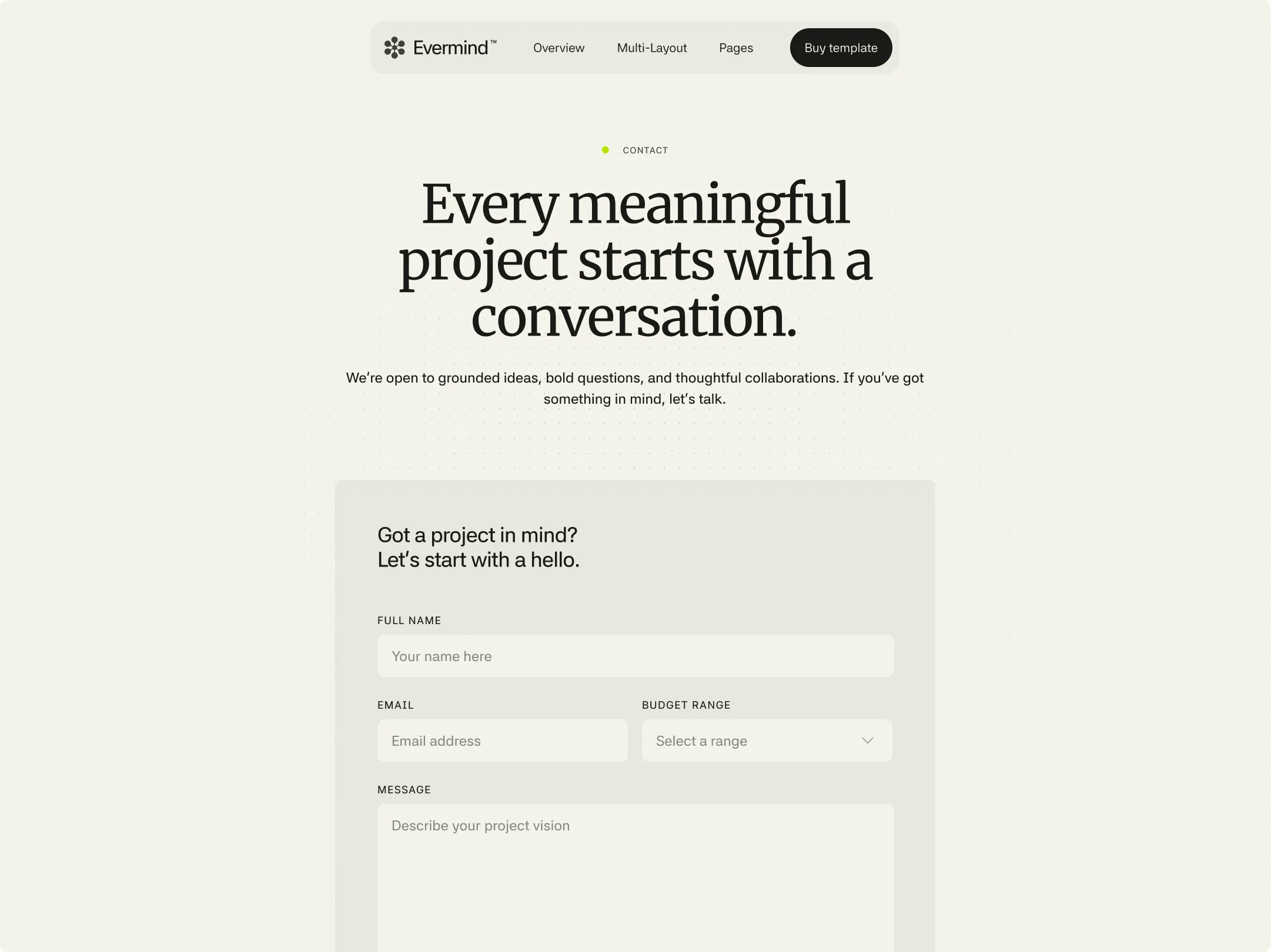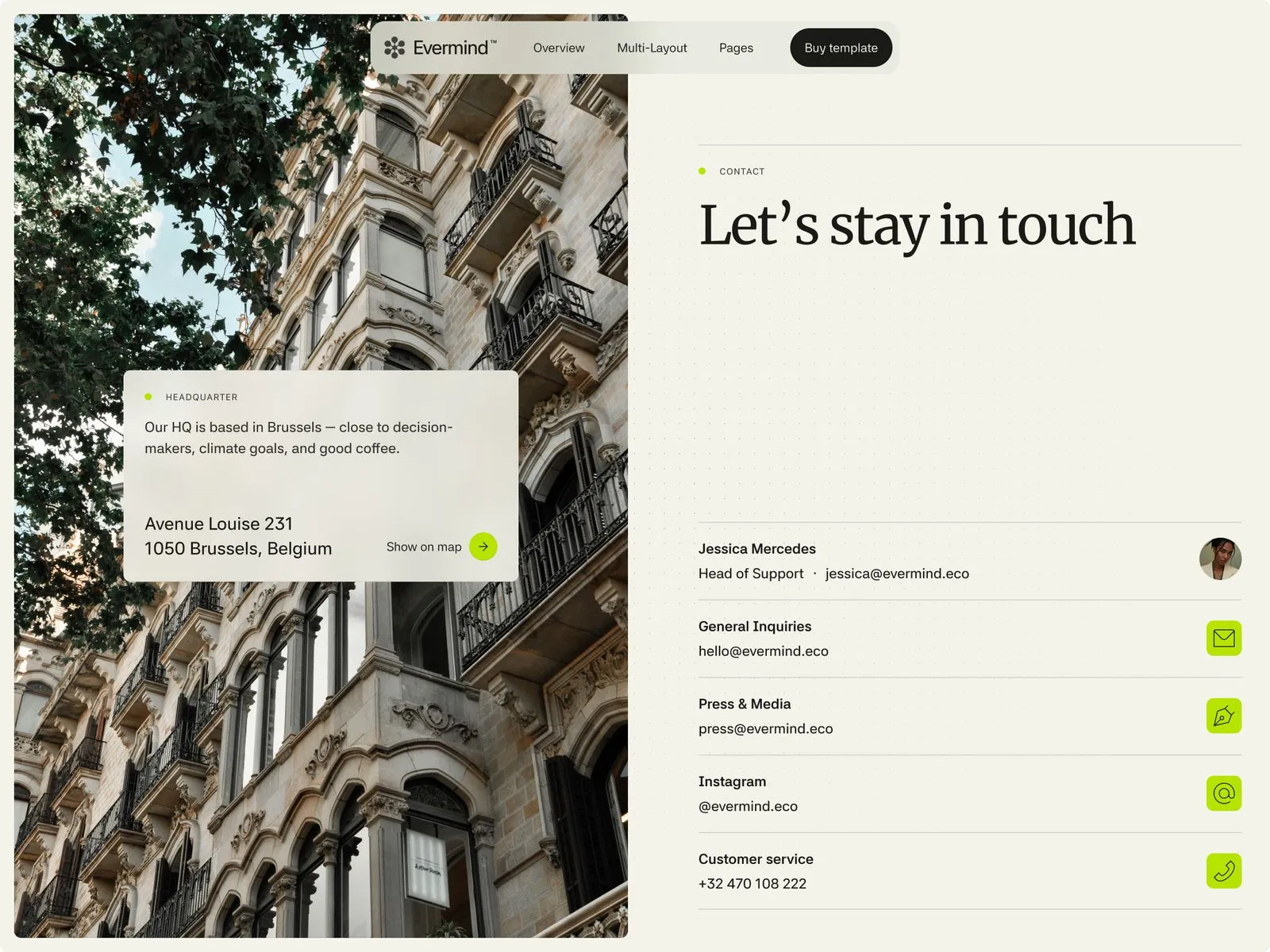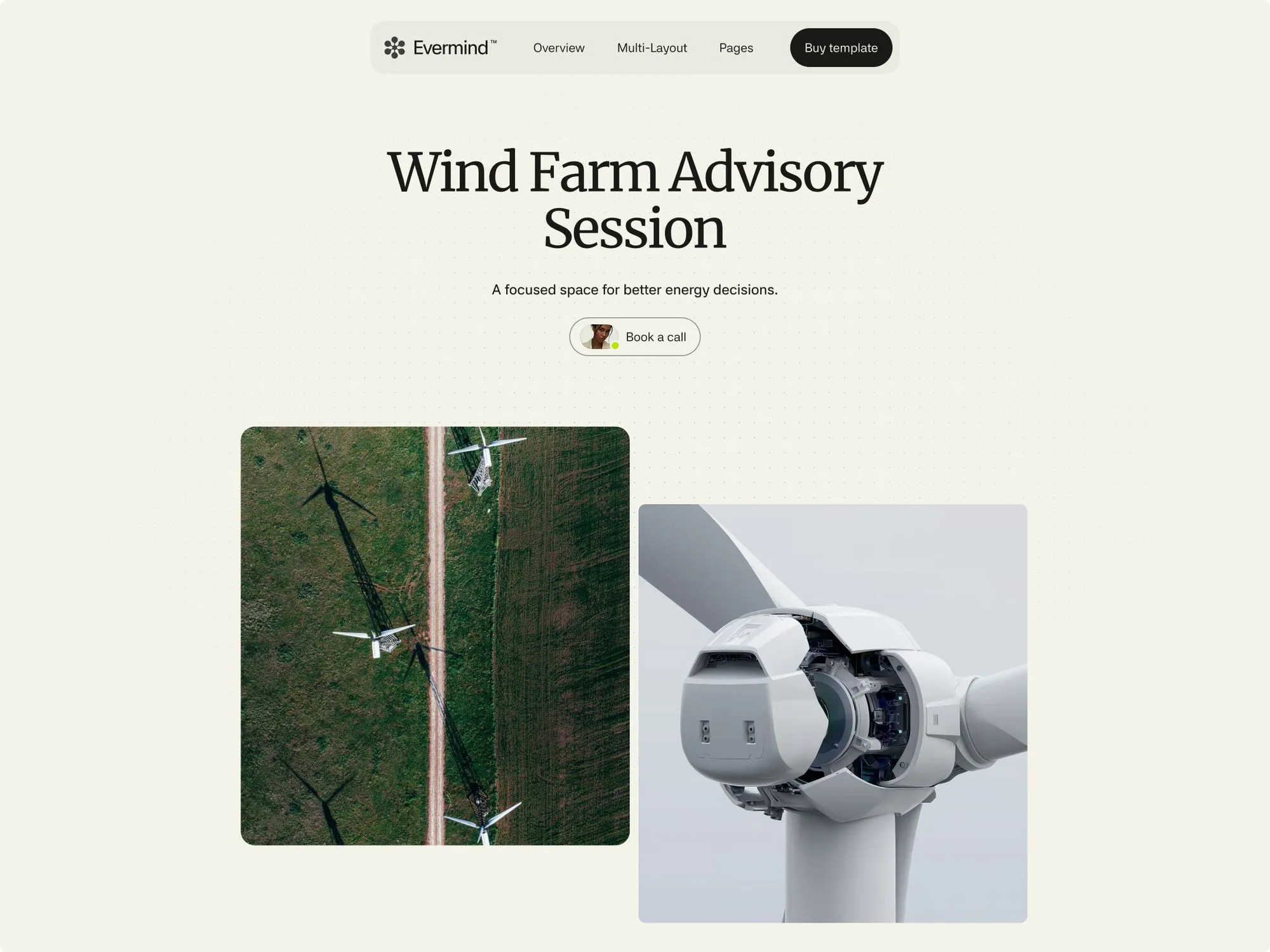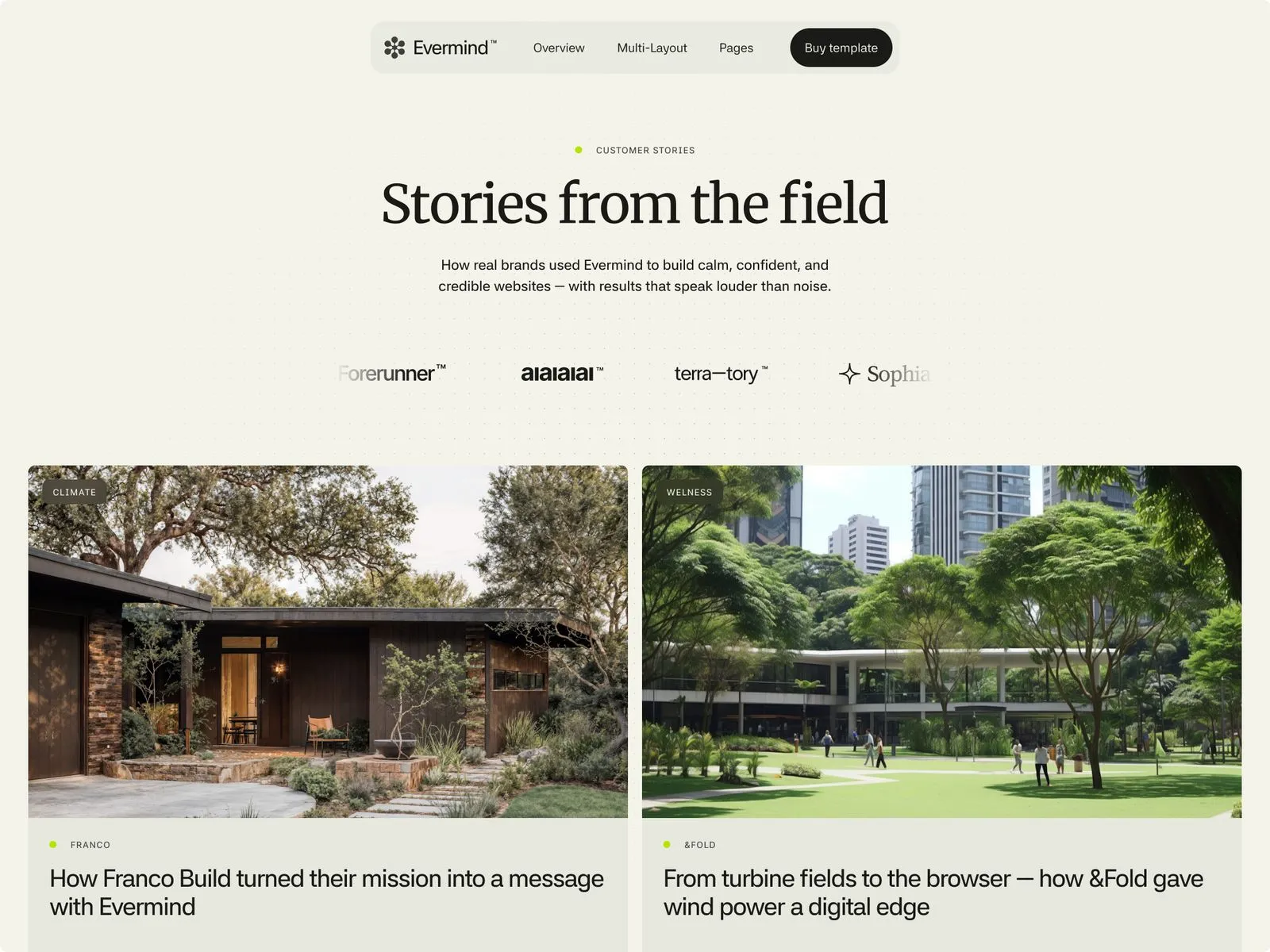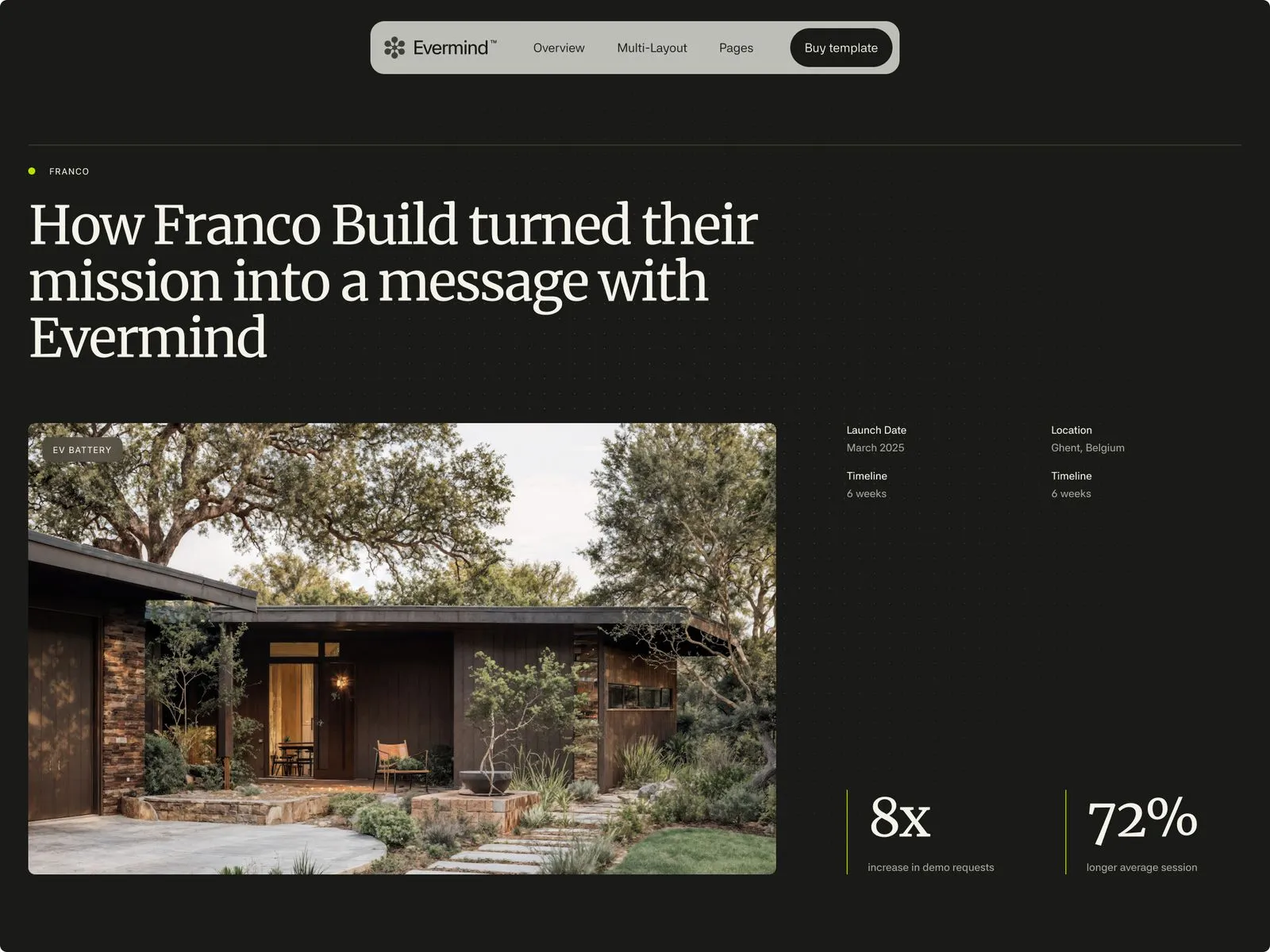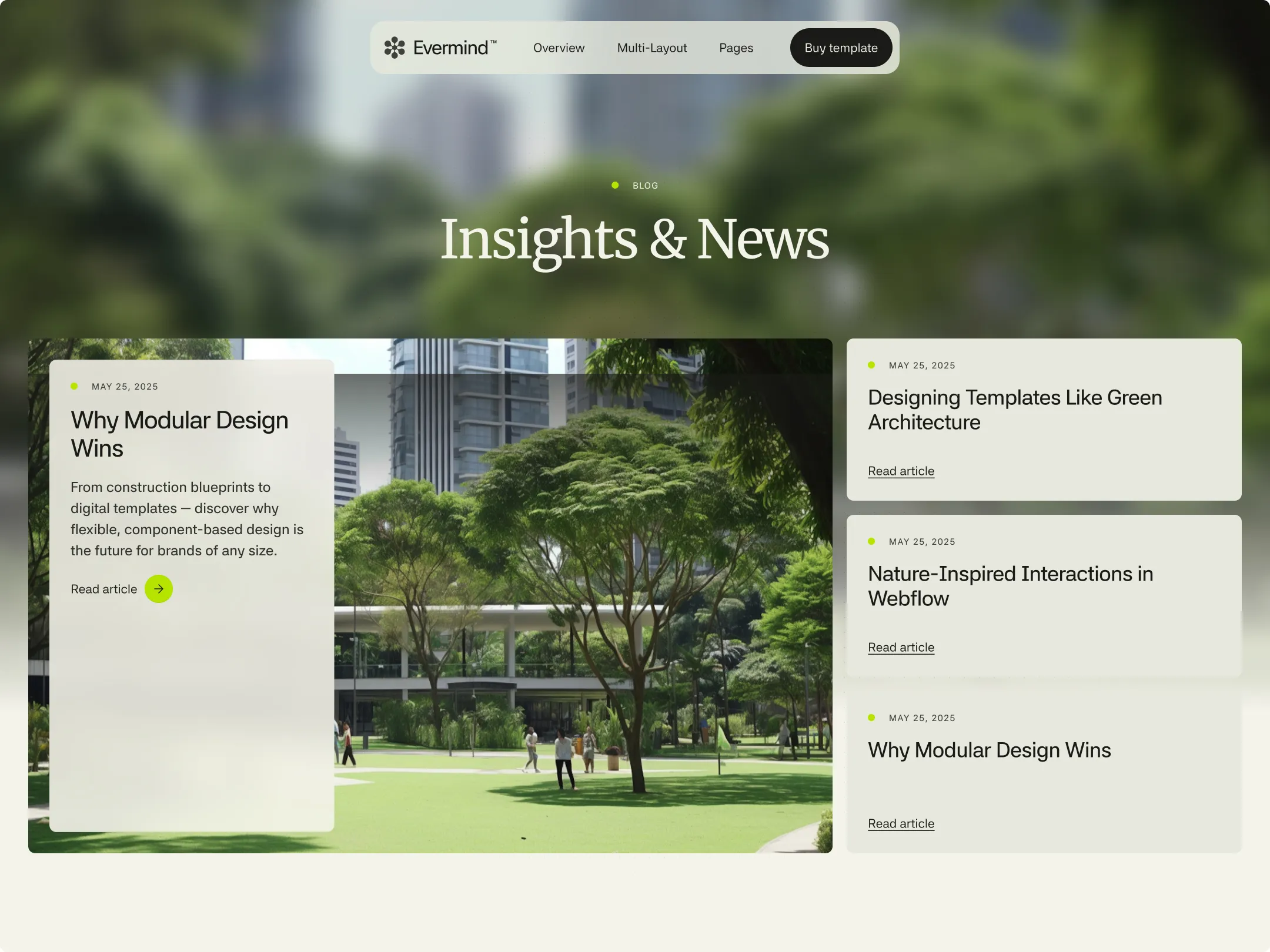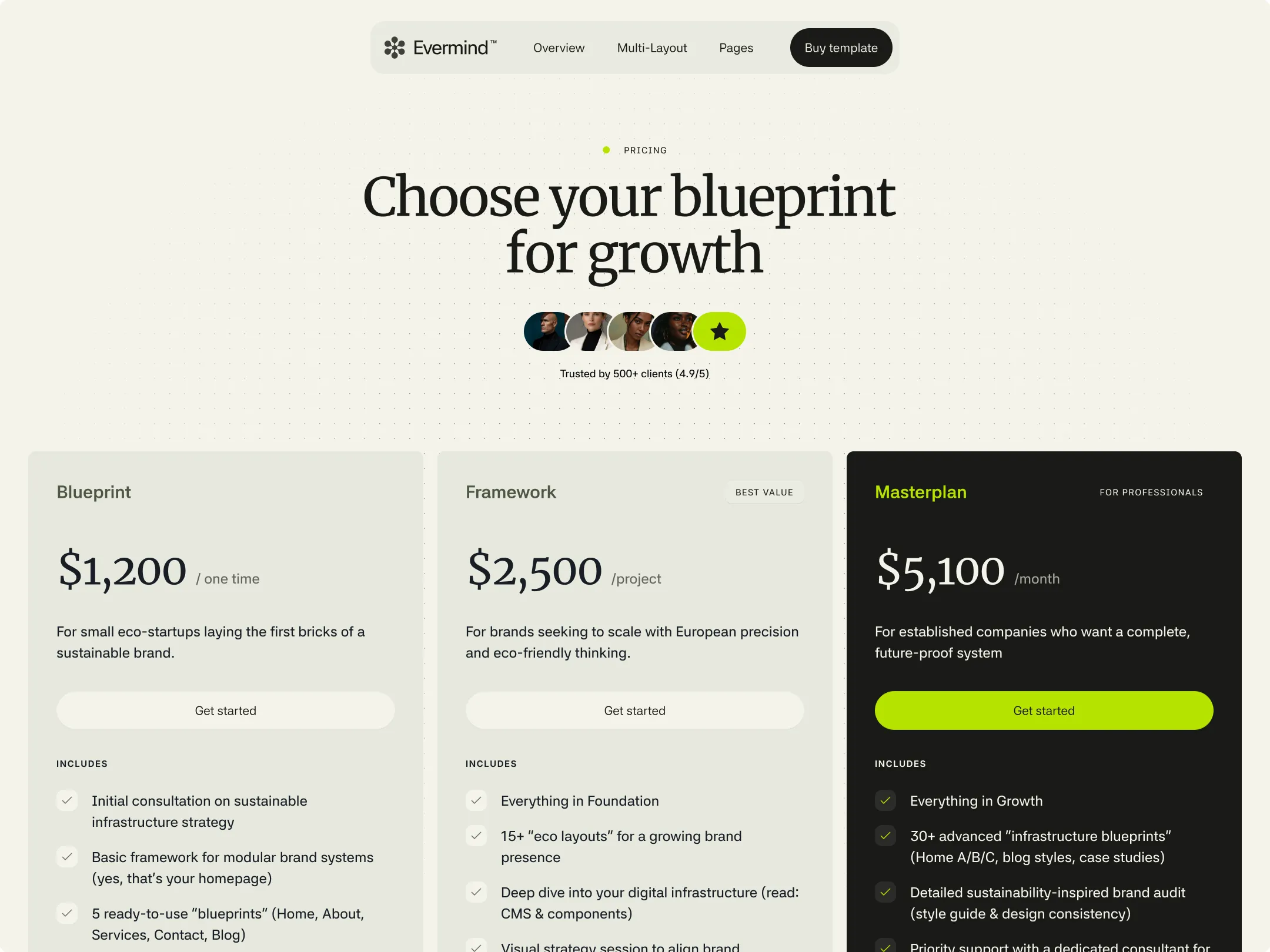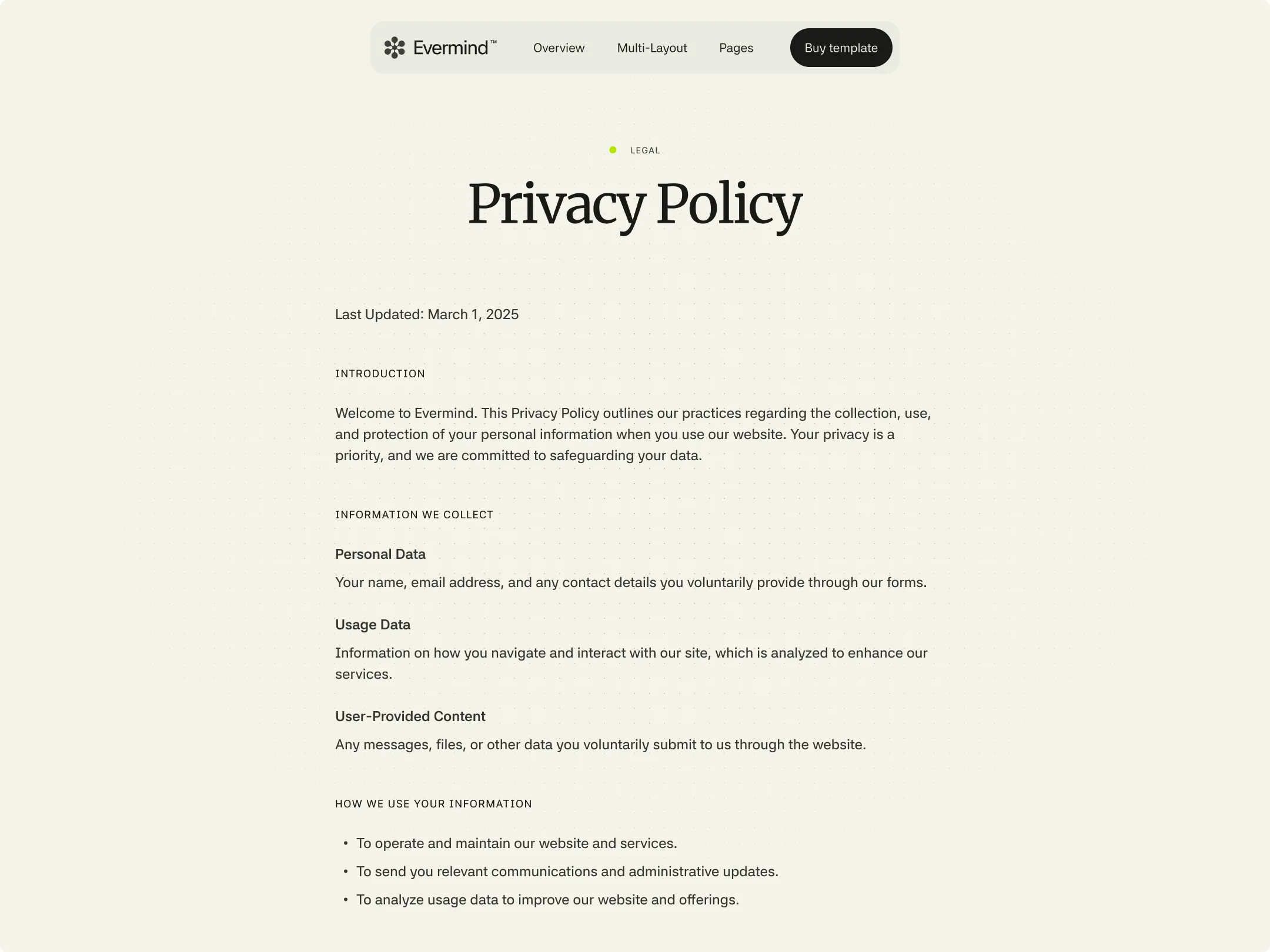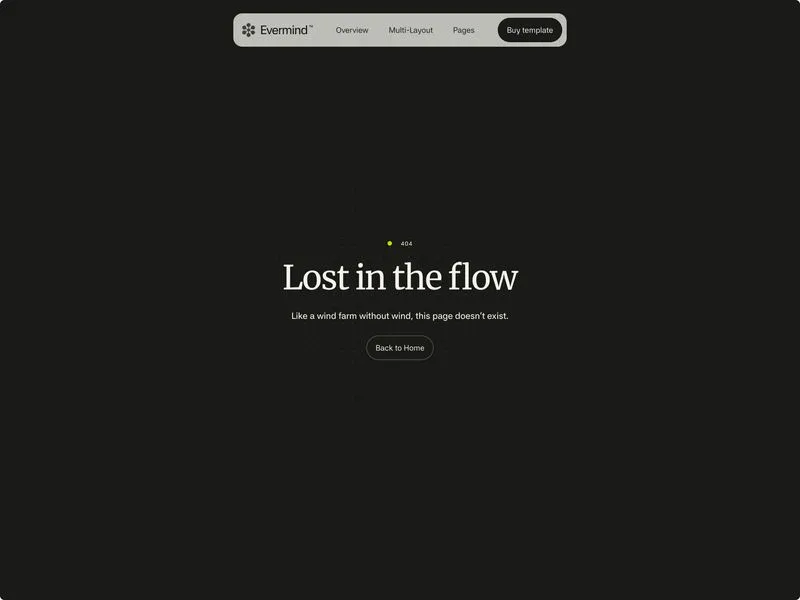Nearly 25 years ago, I began my journey in public safety—first building technology to support responders in the field, and now having the privilege of leading Intterra. It’s an extraordinary honor to help carry forward the vision that Kate Dargan sparked when she co-founded this company.
Kate’s entire career has been about improvement and change for the good of the fire service. She’s been on the line, in command, and at the policy table, and she has lived the challenges our industry faces. Her perspective is grounded in experience, and her commitment has always been to give the fire service better tools to meet the demands of an ever-changing world.
For me personally, Kate is not only Intterra’s co-founder but also a guide, mentor, and trusted advisor. Few people have “been there and done that” in the way Kate has, and I am deeply grateful for her wisdom as we work to fully realize the vision she began: a company built on service, innovation, and trust.
Kate Dargan’s career spans nearly three decades of service, from the field to the highest levels of state leadership. She’s been a firefighter, policy maker, and technologist.
Intterra wasn’t born in a boardroom. It was forged in the field, shaped by the realities of chaotic incidents, fragmented data, and the urgent need for better tools. In a tech landscape centered on disruption, Kate co-founded Intterra to connect and serve.
As Intterra enters a new phase of growth, Kate’s story is being told in full. There’s a dichotomy of thought in that new phase. We’re building the future and returning to our roots: grounded in service, shaped by experience, and driven by the people who protect our communities.
Built On Purpose
Kate’s path into fire wasn’t planned. At 18, she applied for what she thought was a forest ranger position. Instead, she joined CAL FIRE—and discovered a calling. That “divine mistake,” as she’s called it, launched a career that would span wildland firefighting, air attack command, and eventually, her appointment as California’s State Fire Marshal.
Her time on the fireline taught her the value of grit, teamwork, and improvisation. But it also revealed the limitations of the tools available to firefighters. Decisions were made with grease pencils on windshields, clipboards in helicopters, and radio chatter that often lagged behind the pace of the incident.
Even as she rose through leadership, those limitations stuck with her. She saw how fragmented data and siloed systems slowed down response, complicated coordination, and put lives at risk. And she knew that if the fire service was going to meet the challenges of the future, it needed better tools — ones built with empathy, urgency, and deep operational understanding.
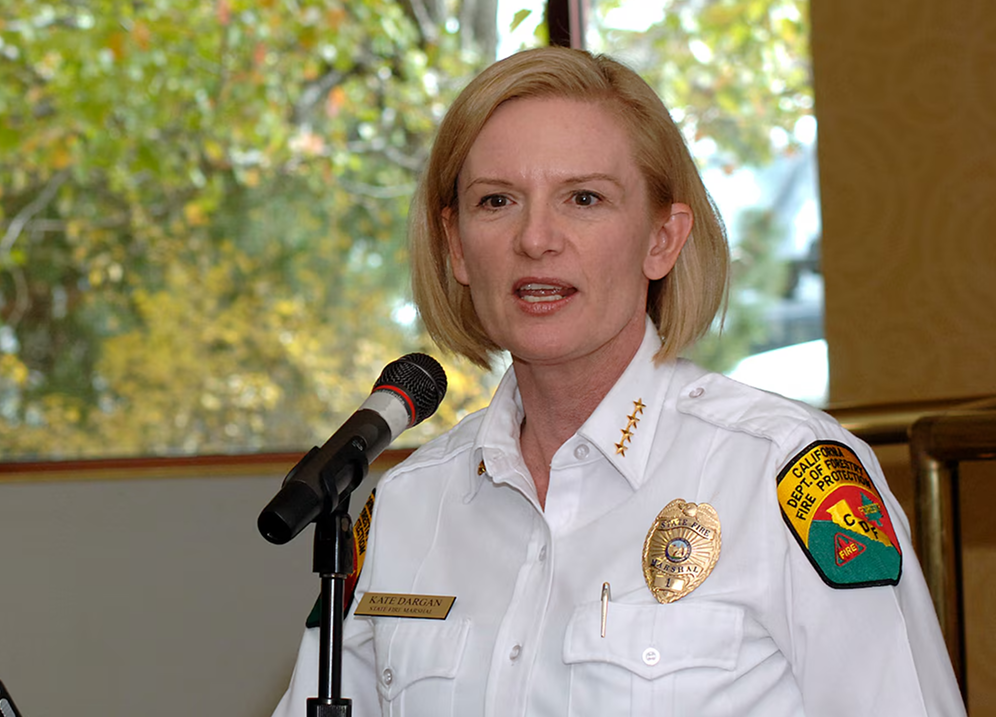
Intterra Is Born
Intterra emerged from that conviction. It was a response to a real, persistent problem. Kate and her co-founders envisioned a platform that could unify data, bridge agencies, and present information in a way that made sense to firefighters.
The goal was simple: give decision-makers the clarity they need when every second counts.
From the beginning, Intterra was designed to be intuitive, fast, and field-tested. It wasn’t about flashy features — it was about trust. Firefighters are notoriously pragmatic. If a tool doesn’t work, they won’t use it. Intterra earned its place by listening, adapting, and proving itself in real-world conditions.
Over time, the platform expanded — from wildfire mapping and resource tracking to evacuation modeling, EMS support, and community risk assessments. But the core mission never changed: support the people who protect us.
The Wildfire Landscape Has Shifted
Kate’s voice is especially relevant now because the wildfire landscape has changed dramatically. Fires are faster, hotter, and more destructive. Communities are more exposed. And the operational complexity has grown exponentially.
“We’ve moved into environments where fire is endemic, and we’ve failed to recognize that natural forces will always prevail.”
- Kate Dargan
This isn’t just a philosophical observation; it’s a strategic reality. The pace of change is outstripping our ability to respond. The “problem line” (climate, fuel, population) is accelerating. And unless our solution line catches up, the gap will continue to grow.
That’s why platforms like Intterra are no longer optional. They’re essential.
Technology That Understands The Field
What makes Intterra different is the way it reflects the operational mindset of the fire service.
The platform curates information in a deliberate way. It doesn’t assume what’s important, it asks. And it doesn’t try to replace human judgment, it enhances it.
For firefighters on the ground, the most critical data points are simple but vital: Where is the fire? How fast is it moving? What are the wind and atmospheric conditions? Intterra delivers that information in real time, in formats that match tactical maps and field workflows.
For chiefs and incident commanders, the platform supports multi-agency coordination, resource allocation, and strategic planning. It’s a shared language.
And for communities, Intterra helps agencies prepare, mitigate, and communicate. It supports inspections, pre-plans, evacuation modeling, and public alerts. It’s part of a broader ecosystem of resilience.
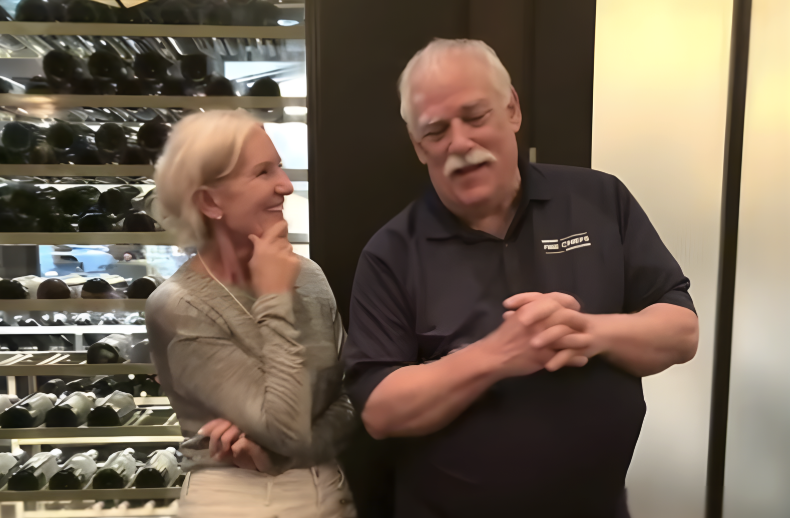
Listening, Learning, and Building
Kate’s continued involvement with Intterra has always been rooted in listening. She’s spent years talking with chiefs, frontline crews, technologists, and community leaders. And what she hears consistently is a need for tools that respect the realities of the field.
“Public safety leaders and first responders need simplicity, speed, and accuracy. And the way we make that possible is by building with our customers, not for. It’s a relationship and community with technology as the connector. It can’t be a transaction.”
- Kate Dargan
The future of wildfire response will be shaped by many forces, but one thing is clear: the fire service needs tools that are built with them, not just for them.
Intterra is ready to meet that challenge, because our mission is your mission.
Learn more about how the Intterra team supports the largest, most complex emergency response areas in the US: Book a demo.



